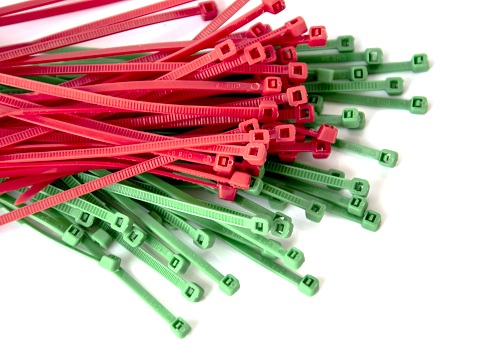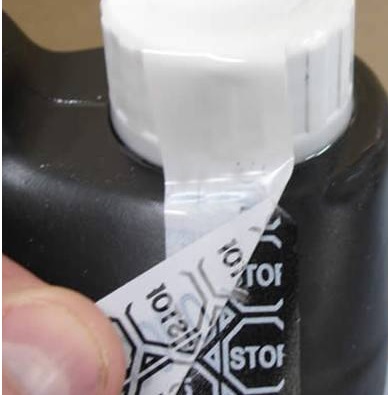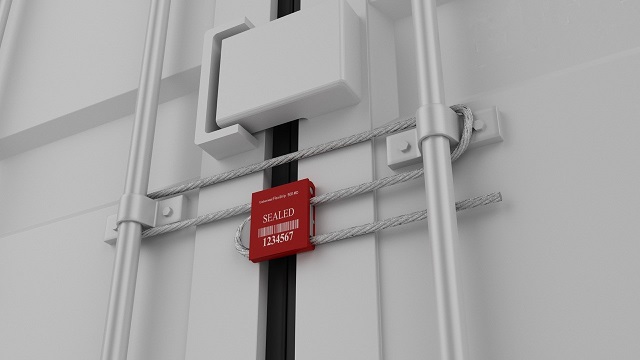Definition of a Security Seal
Put simply, security seals provide a tamper-evident chain of custody for cargo and valuable assets in transit or in storage. They are devices that ‘seal’ enclosures to protect them from interference, maintaining the integrity of supply chains from loss, theft and other manipulation. Sealed enclosures can take many forms – including sacks, truck trailers, shipping containers and tote boxes – but what all enclosures share in common is that they encase sensitive items such as goods in transit and are the appropriate point to seal against unauthorised access.
Tamper-Evidence Function
Security seals, when used properly as part of a wider security protocol, serve two key functions. Firstly, they are tamper-evident or tamper-indicating, in that they are designed to permanently demonstrate physical evidence if interfered with – usually by tell-tale signs of breaking or other physical change of appearance, such as a ‘blushing’ on the surface of plastic seals when subject to manipulation or deformation.
These types of seals are sometimes simply called ‘indicative’ tamper-evident seals because their physical appearance indicates their status and that of the sealed enclosure. Indicative seals are easily broken or cut open with readily available light tools such as scissors. Indicative seals are used in many sectors, but commonly used to seal sacks and bags, domestic truck and trailer movements, fire extinguishers, roll-cages and crates.
Access Control Function
Security seals also serve a second access control function, reducing the occurrence of unauthorised access of sealed enclosures. They do this above all by their mere presence – well-placed seals serve as a psychological deterrence to access, simply by making individuals think twice about the consequences and what might happen should they ‘unseal’. Beyond this, a sub-category of seals called ‘barrier seals’ also provide an actual physical barrier to entry, acting like a specialised single-use lock which requires cutting tools to open, such as metal bolt and cable seals. Shipping containers, rail cars, and cross-border truck and trailer movements are the most common commercial uses for barrier security seals. Barrier seals physically prevent an illegitimate opportunist from opening the enclosure easily. These types of barrier seals are frequently referred to as ‘high security seals’ – these are security seals which meet the ISO17712:2013 ‘H’ ‘High-Security’ classification. This is an international standard setting out the strength, tamper-evident characteristics and other manufacturing standards which seals must meet in order to suitable for international customs movements, including US-bound consignments under C-TPAT regulations.
What security seals are not…
It can also be useful to define security seals by reference to what they are not.


Security Seals Big and Small..
 |  |
It is worth noting that security seals don’t come in any one particular form – they can range from simple void security labels or stickers suitable for application on flat enclosures such as pallets or carton seams, all the way up to heavy-duty metal construction container barrier seals...
…As long as it is a tamper-evident device which controls access to enclosures, then it is a security seal!
Universeal UK has been supplying security seals since 1992, and we are one of the leading organisations in the industry. Please email sales@universeal.co.uk for more information on our range and how we can assist. For advice on choosing the right security seal for your particular needs, please continue reading our next article in the series, Choosing the Best Security Seal for the Job.
This article is the first of four, looking at how security seals can fit within your wider security protocols. View Series below...
- What are Security Seals?
- Choosing the Best Security Seal for the Job
- Security Protocols: Making Security Seals work for you
- Glossary – Understanding security seal terminology


